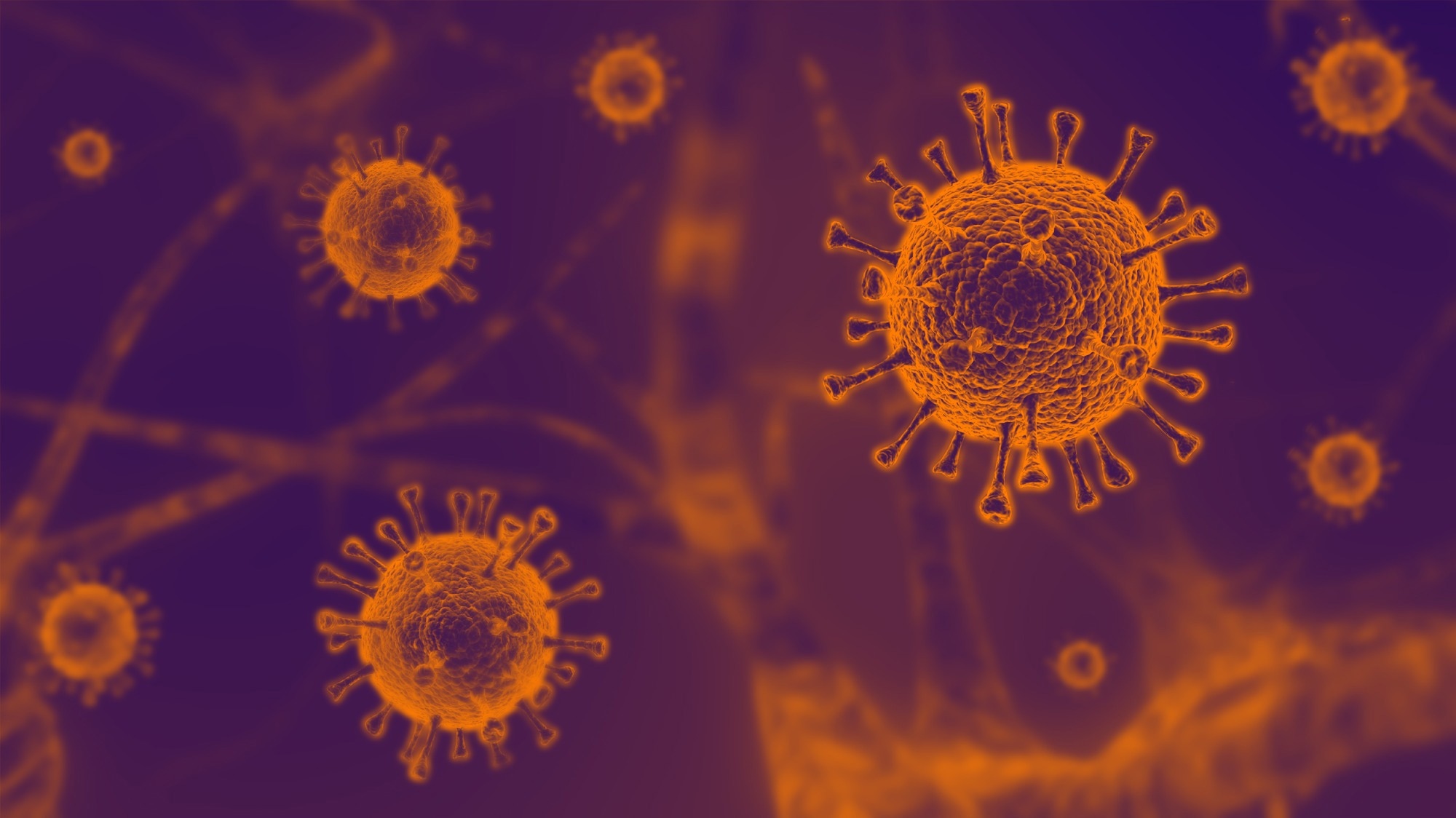In a recent study published in the BMC Medicine journal, researchers at the Norwegian Institute of Public Health explored severe acute respiratory syndrome coronavirus 2 (SARS-CoV-2) transmission among asymptomatic cases.
Systematic reviews showed that 15% to 25% of SARS-CoV-2-infected individuals are asymptomatic. However, little is understood about the SARS-CoV-2 transmissibility by these individuals. Previous meta-analyses have determined that the relative transmissibility of asymptomatic cases is three to four times lower than that of symptomatic carriers. Research employing large asymptomatic cohorts is needed to determine whether these findings hold true for a larger proportion of patients and if coronavirus disease 2019 (COVID-19) asymptomatic individuals have a higher potential of causing asymptomatic cases.
 Study: Lower transmissibility of SARS-CoV-2 among asymptomatic cases: evidence from contact tracing data in Oslo, Norway. Image Credit: Red-Diamond / Shutterstock
Study: Lower transmissibility of SARS-CoV-2 among asymptomatic cases: evidence from contact tracing data in Oslo, Norway. Image Credit: Red-Diamond / Shutterstock
About the study
In the present study, researchers examined whether SARS-CoV-2 asymptomatic cases are less likely to transmit the virus as compared to symptomatic instances and whether asymptomatic individuals are more likely to be asymptomatic when their presumed infector is asymptomatic.
The team used Norwegian longitudinal population registry data to evaluate the effects of asymptomatic carriers. This dataset contained information related to all COVID-19-positive cases that were registered in Oslo, as well as their symptoms, testing dates, and close contacts. Furthermore, this data was integrated data related to the rapid antigen tests and registered reverse transcription polymerase chain reaction (RT-PCR) tests collected by the Norwegian Surveillance System for Communicable Diseases Laboratory Database (MSIS-Lab). In addition, the study included vaccination data from the Norwegian Immunization Registry (SYSVAK). Also, the National Population Register (FREG) was used to collect information related to all individuals, including age, gender, and country of birth.
The study target group consisted of all Oslo residents who tested SARS-CoV-2 positive between 1 September 2020 and 1 September 2021 and were recorded in the computerized municipal contact tracing system. Thus, the study period was limited between 1 September 2020 and 1 September 2021, allowing for an entire year of contact tracing.
All COVID-19 cases reported to the contact tracing system during the study period were designated as index cases. The team detected SARS-CoV-2 by either using PCR or fast antigen tests with oropharyngeal and nasal swabs collected at authorized testing stations. Among the 27,473 index cases, 26,766 were identified by PCR, 504 by combined PCR and fast antigen tests, and 199 were detected by rapid antigen tests alone. Through in-person interviews of the index cases, close contacts were recognized. A person was considered asymptomatic when contact tracers identified them as either asymptomatic or having no SARS-CoV-2-related symptoms. In contrast, a person was classed as symptomatic when any COVID-19-related symptoms were reported.
Results
In the study period, the contact tracing system reported 27,473 COVID-19-positive cases having identified close contacts. A total of 3,765 patients were deemed asymptomatic. The team also noted that asymptomatic cases had a higher chance of being younger, men, and had received fewer vaccine doses than symptomatic cases when the individuals were diagnosed COVID-19 positive.
Almost 78% of the 164,153 reported close contacts were analyzed, with 17% testing positive within 14 days of the index cases testing SARS-CoV-2 positive. Within two weeks of the index case exhibiting symptoms, 18% of all the close contacts were diagnosed with COVID-19. In contrast, when the index case was asymptomatic, the secondary attack incidence was much lower at 13%, resulting in a 28% reduced relative risk of testing COVID-19 positive when a person was identified as being in close contact with an asymptomatic index versus a symptomatic index.
Considering the age corresponding to each index case, the team also computed the secondary attack rate (SAR-14) for various age groups. Apart from the youngest age group between zero and nine years, the calculated SAR-14 was greater for symptomatic indexes than asymptomatic indexes throughout all age groups. There were no significant differences between age groups between 40 to 49 years and over 70 years.
In addition, the team investigated whether infected individuals had a higher chance of remaining asymptomatic if their presumed infector was also asymptomatic. This analysis included all close contacts diagnosed positive within 14 days of a positive index case. This resulted in 7,786 index cases and 11,192 positive close contacts. Approximately 16% of all close contacts who tested COVID-19 positive within 14 days were asymptomatic. This proportion was much greater when the index case was asymptomatic as opposed to symptomatic. Consequently, these infected individuals had more than twice the likelihood of remaining asymptomatic.
Overall, the study finding showed that SARS-CoV-2 transmission was roughly 30% lower among asymptomatic individuals compared to symptomatic individuals. Furthermore, the team noted that infected individuals were three times more likely to stay asymptomatic if their corresponding index cases were asymptomatic than symptomatic.